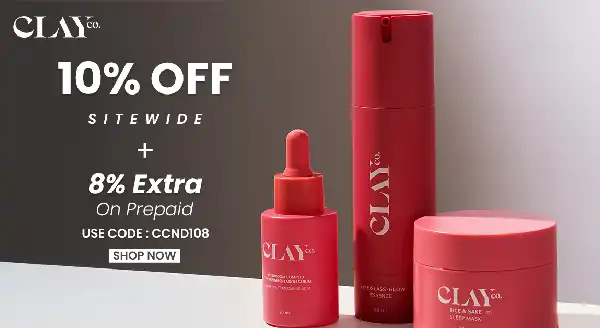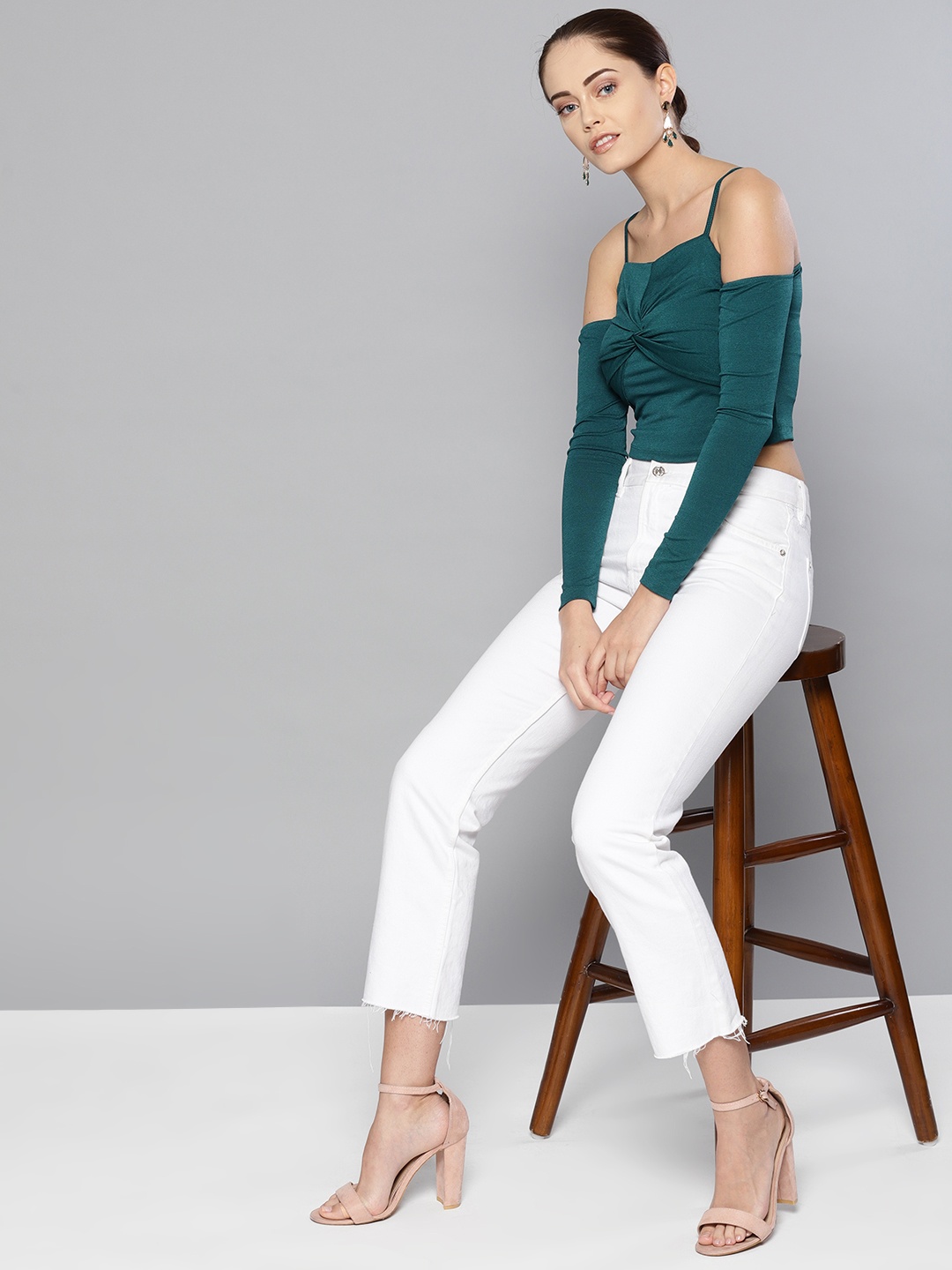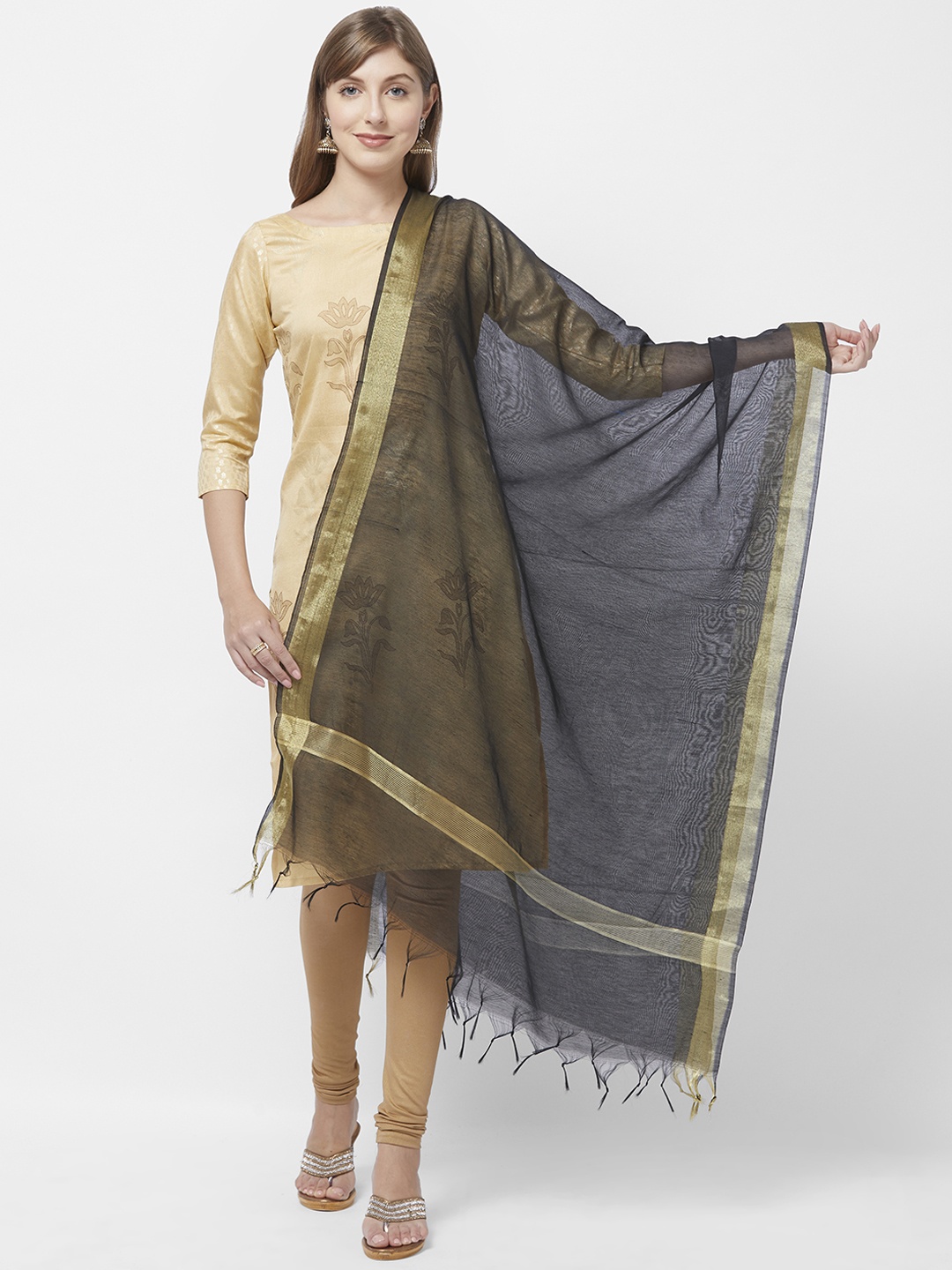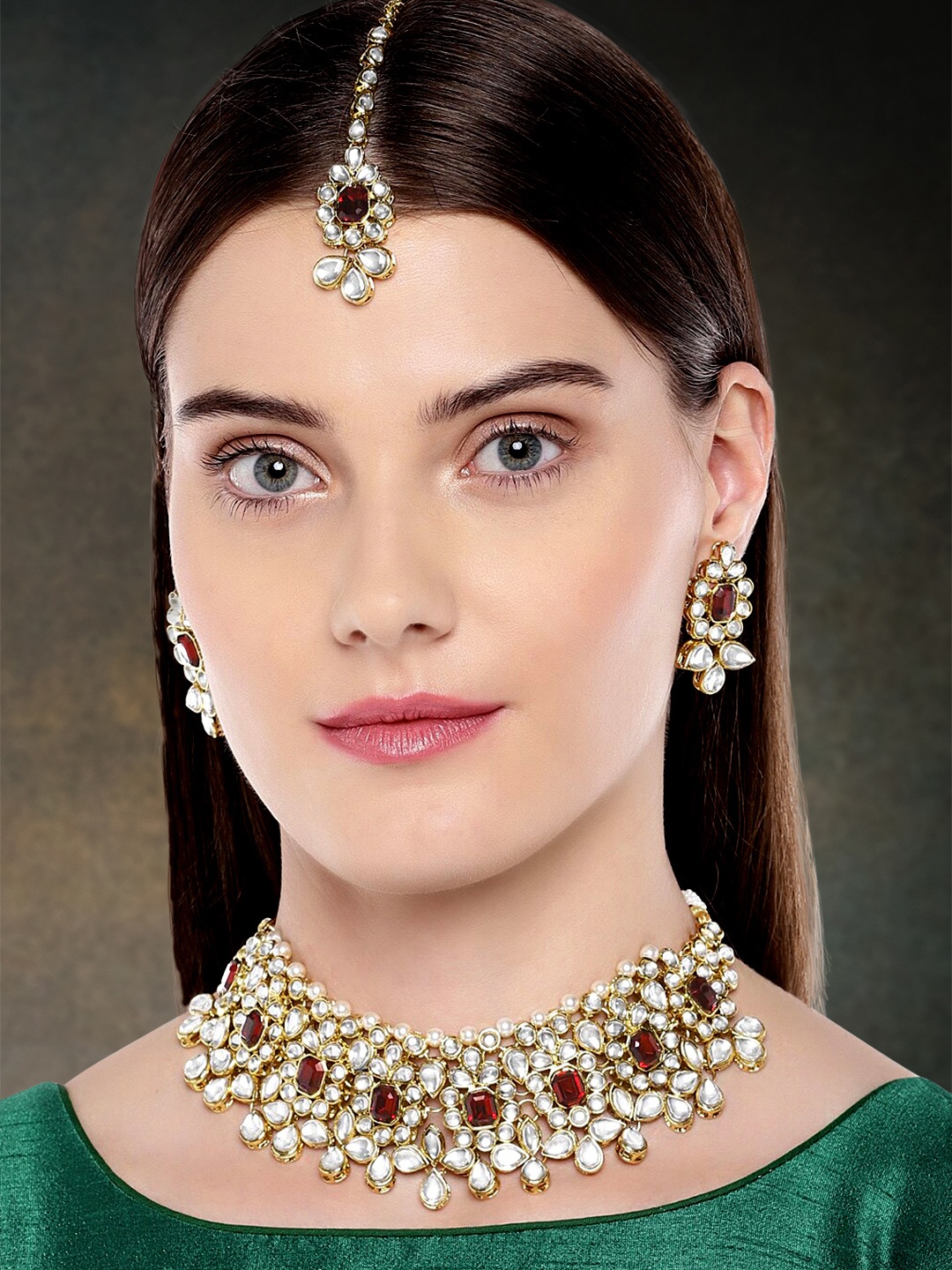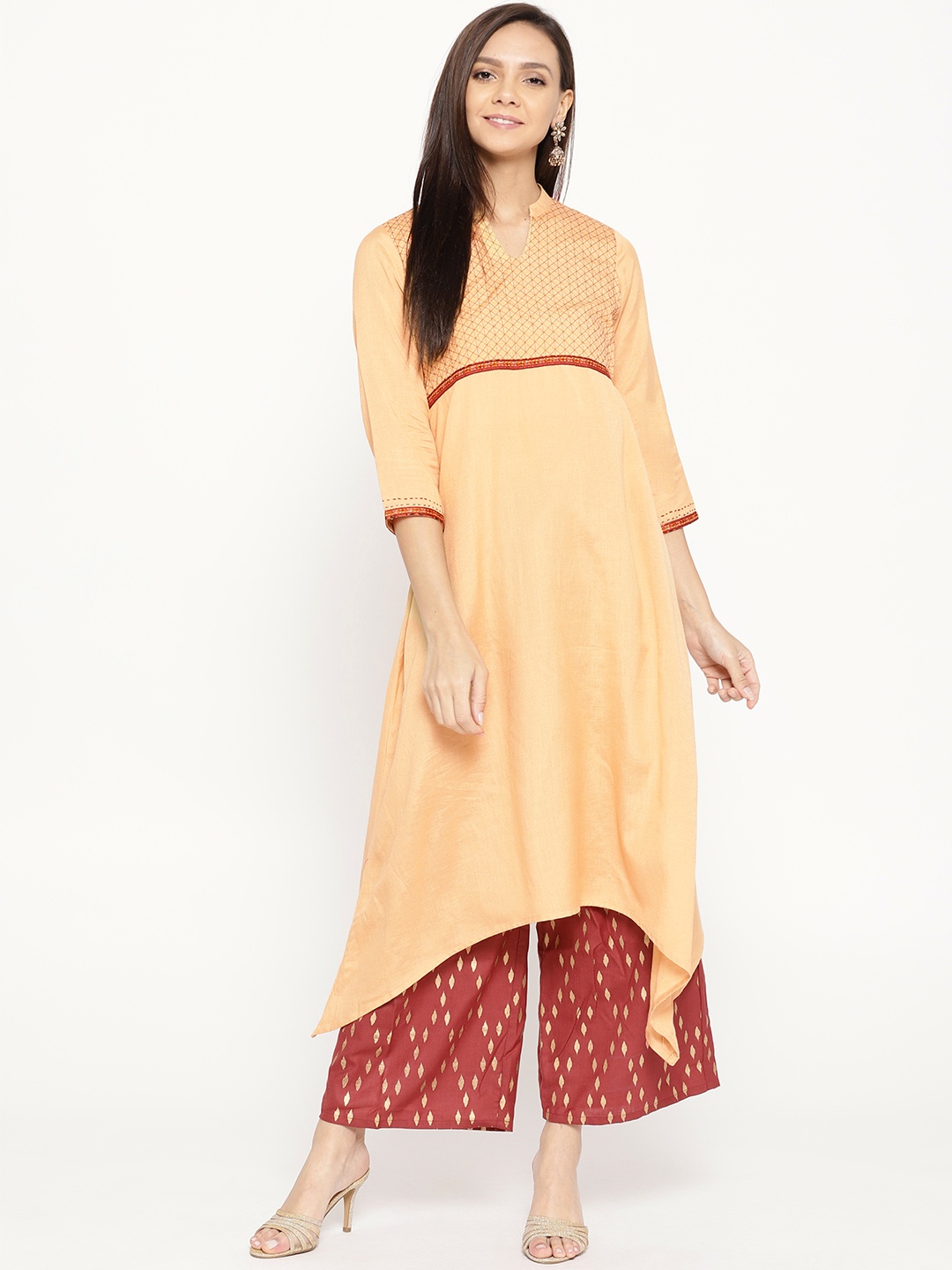See Clearly on the Road: Are Tinted or Black Sunglasses Best for Day Driving?
Driving under the harsh sun can be a blinding experience, quite literally. But when it is time to hit the road during the day, should one go for tinted lenses or stick with classic black shades? Let us explore what truly works best for driving.

Best Sunglasses For Day Driving: Tinted vs Black What Should You Choose?
A bright afternoon drive isn't for the faint-eyed. Between reflective surfaces, honking chaos, and sudden flashes of light bouncing off cars, it's no wonder squinting becomes second nature. Anyone who's cruised down a highway on a summer day knows that the sunlight doesn't just shine, it attacks.
Sunglasses, in this case, are not just about looking stylish behind the wheel. They're functional, protective, and in many cases, essential. Yet, when browsing shelves lined with black shades, brown tints, mirrored lenses, and colour-changing varieties, the choice isn't always simple. The pressing question remains, for day driving, what's better: tinted sunglasses or traditional black lenses?
It's more than a style choice. The right pair not only reduces eye strain but improves vision, safeguards eye health, and keeps you alert. Let's take a closer look and figure out which lens actually leads the way on the road.
Your Day Drive Decision: Unpacking Tinted and Black Sunglasses for Top Road Performance; Photo Credit: Pexels
1. Why Sunglasses Matter Behind the Wheel
Sunglasses serve a real purpose while driving, far beyond fashion. With long hours under the blazing sun, dusty winds, and sudden light flares off car bonnets or glass buildings, our eyes often work overtime. Without protection, visibility drops and fatigue sets in quickly.
A proper pair of sunglasses can cut down harsh light, ease strain, and improve how sharply one sees. Especially during early mornings or late afternoons, when the sun beams straight through the windscreen, vision can blur and reaction time takes a hit. That's where sunglasses step in, acting like a filter for your eyes.
And let's not forget UV exposure. Prolonged contact with ultraviolet rays can damage the retina and even speed up the development of cataracts. With sunlight beating down for most of the year, protecting your eyes is not something to postpone.
2. What Makes Driving Sunglasses Truly Functional
It's easy to think lens colour is all that matters, but driving sunglasses involve more than just shade. The essentials include UV protection, polarisation, lens clarity, and a design that doesn't hinder side vision.
First up, check for 100% UV protection. It might seem like a detail, but your eyes will thank you in the long run. Next, polarised lenses are worth every rupee, they reduce horizontal glare, especially handy when driving past reflective surfaces like water, glass, or metal on a sunny day.
Lens shape also plays a role. Wraparound or wide lenses help shield the eyes from light creeping in from the sides. Bonus: they stay put during turns and bumps. Lightweight materials are a win too, especially during long drives when comfort makes a big difference.
3. Tinted Sunglasses: The Ups and Downs
Tinted lenses come in a variety of shades, brown, amber, green, and even rose-tinted. Each colour serves a different purpose, and when chosen well, can make driving far more pleasant.
For example, brown or amber tints enhance contrast and depth perception, making them ideal for hazy or low-light conditions. Green lenses preserve natural colour balance while cutting glare. They're a popular choice for those who want a bit of colour correction without losing clarity.
But it's not all good news. Heavily tinted lenses can reduce visibility, particularly dangerous when moving through shaded areas, tunnels, or under flyovers. Some tints might also distort colours, which could interfere with spotting traffic signals quickly or reading signs at a glance.
The takeaway? Tinted lenses are great, but only when you choose a shade suited to the light conditions you usually drive in.
4. The Timeless Appeal of Black Lenses
Black lenses have always been a go-to option, and for good reason. They're straightforward, effective, and suitable for high-brightness conditions. They reduce overall light without warping colours, which is key for reacting quickly in traffic.
If you're on the road in peak afternoon heat, heading from city to city on a dry highway stretch, black lenses provide much-needed relief. They're neutral, which means you'll see colours as they are, a big plus when interpreting signals, hazard signs, or brake lights ahead.
However, they aren't without limitations. Since they don't boost contrast, visibility might drop in dim or varied lighting conditions. For example, roads lined with trees, flyovers, or mixed shadows can challenge black lenses.
Still, for everyday driving under harsh sunlight, they remain one of the safest and most practical options.
Also Read: Top 10 Sunglasses to Elevate Your 2025 Style
5. Polarised Lenses: Not Just a Buzzword
Anyone who's driven after a downpour knows how blinding reflected sunlight can be. Polarised sunglasses are specifically made to tackle such glare.
Unlike regular lenses, polarised ones have a special filter that blocks intense reflected light, especially off horizontal surfaces like wet roads, metal roofs, or water puddles. This dramatically cuts the strain on your eyes and makes your surroundings much clearer.
On wide, open roads, especially during long commutes or road trips, polarised lenses can help you stay focused for longer. They reduce the need to squint and help maintain sharpness even when sunlight is at its harshest.
Just one heads-up: polarised lenses can sometimes make it harder to see digital displays like car screens or GPS maps. But for most daily driving needs, that's a small trade-off for the comfort they provide.
6. Gradient Lenses: A Stylish Yet Sensible Choice?
Gradient sunglasses, dark at the top, lighter at the bottom, aren't just trendy. They actually serve a clever purpose while driving.
The darker upper portion protects from overhead sunlight, while the lighter lower half allows you to see the dashboard or your phone mount without straining. For urban driving, with frequent light changes from buildings, trees, or overhead signage, gradient lenses offer a well-balanced view.
They're great for short-distance drives, office commutes, or errands where you don't want an overly dark lens. They're also ideal for those who prefer a little sophistication without compromising function.
However, these aren't ideal for driving when the sun is low and direct, such as during sunrise or sunset. Since they don't shield horizontal light as effectively, visibility can still suffer under strong glare.
7. How Lens Colour Affects Driving Clarity
The tint you choose can change how you interpret the road ahead. Different colours can either enhance or distort your vision, especially when fast decisions are involved.
Grey lenses are a neutral option, they reduce brightness without affecting colour perception. They're great for general use and long drives. Brown and amber lenses, meanwhile, boost contrast, making it easier to notice sudden obstacles or road changes.
Green lenses offer a middle ground, they reduce glare while maintaining fairly natural colour perception. On the other hand, flashy options like blue or red-tinted lenses might look fun, but they're not ideal for driving. They can confuse your perception of lights and signs.
Choosing lens colour isn't about style alone. It's about ensuring you're able to spot hazards, interpret signals, and stay alert in changing road conditions.
8. Lens Material: Durability That Matters on the Road
In real-world driving, surprises are common, from a sharp pebble hitting your windshield to a pothole that sends your sunglasses flying. That's why lens material matters just as much as the tint.
Polycarbonate lenses are a favourite for driving. They're lightweight, impact-resistant, and unlikely to shatter, great for both four-wheelers and two-wheelers. Trivex is another strong option, offering similar durability with better optical clarity.
Glass lenses, though excellent for sharpness and scratch resistance, can be heavy and more prone to breaking. Plastic lenses are cheap and light, but scratch easily unless they're coated.
For regular drivers, especially those on rough or unpredictable roads, sturdy lens material is not just a comfort choice, but a safety one.
9. Fit and Frame: The Often-Overlooked Essentials
Even the best lenses won't help if your sunglasses don't fit properly. A good driving pair should sit snugly without pressing too hard or slipping with every bump on the road.
Frames with rubber nose pads or temple grips are ideal, they stay put even during sharp turns or sudden braking. Wraparound styles offer extra protection from side glare and dust, a must on highways or rural stretches.
The material of the frame also matters in hot climates. Lightweight plastics like acetate or nylon are better than metal, which can heat up and become uncomfortable. Also, choose frames that don't block your peripheral vision, awareness on the road is everything.
Comfortable frames reduce distraction, and fewer distractions mean safer driving.
10. Cost vs Quality: What Should You Spend?
Quality sunglasses don't have to cost a fortune. While premium brands come with top-grade lenses and fancy packaging, you can find excellent driving sunglasses in the ₹1,000 to ₹2,500 range, especially from trusted homegrown names.
The priority should be lens quality, UV protection, and frame durability, not the brand name. Cheaper street-side options might seem tempting, but if they lack UV filters or have distorted lenses, they can do more harm than good.
For those spending hours commuting daily, investing a bit more in a comfortable, protective pair pays off over time. Think of it less as a splurge and more as a safety tool, for your eyes, your comfort, and your peace of mind.
Products Related To This Article
1. SRPM UV Protection Wayfarer Sunglasses (50) (For Men & Women, Clear, Black, Brown)
2. USJONES UV Protection Wayfarer Sunglasses (48) (For Men & Women, Black)
3. ROYAL SON Mirrored Aviator Sunglasses (Free Size) (For Men, Green, Silver)
4. artrue UV Protection Rectangular Sunglasses (Free Size) (For Men & Women, Blue)
5. Being Better UV Protection Round Sunglasses (Free Size) (For Men & Women, Black)
6. Eymen I Mirrored, Gradient, Night Vision, Polarized, UV Protection, Others Sports, Wrap-around Sunglasses (Free Size) (For Men & Women, Blue)
7. Ted Smith UV Protection Round Sunglasses (50) (For Men & Women, Green)
So, what's the verdict? Tinted or black? The truth is, both have their place, and the better choice depends on your driving environment, time of day, and personal comfort.
Black lenses work best in direct, bright sunlight. Tinted ones, especially brown or green, offer improved contrast in changing light. Polarised lenses, though slightly pricier, are a game-changer for those driving long distances or through reflective areas.
Ultimately, the smartest move is to choose sunglasses not just for how they look, but how they help you see. Whether it's a daily office ride or a weekend escape on the highway, the right pair of shades can mean a clearer, safer, and far more comfortable journey.
So the next time the sun's out and you're behind the wheel, make sure your sunglasses are doing more than just making you look good. Shop Now On Flipkart.
Disclaimer: The images used in this article are for illustration purpose only. They may not be an exact representation of the products, categories and brands listed in this article.











